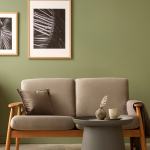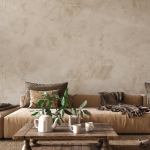Don’t miss some essential tips on minimalist design inside.
In a world brimming with distractions and overwhelming stimuli, there’s a growing desire to find solace in simplicity. Enter minimalist interior design—a captivating approach that embraces clean lines, purposeful spaces, and a serene aesthetic. Step into a realm where clutter is banished, and tranquillity reigns supreme. In this blog, we embark on a journey to unravel the principles and key elements of minimalist interior design, empowering you to create a haven of calmness and beauty within your own home.
The Origin of Minimalist Design
While minimalist design may seem like a new trend, inspired by Marie Kondo’s viral KonMari method, it has been around for a while! It originated in the 20th century, drawing inspiration from various art movements and philosophies. The De Stijl movement in the Netherlands emphasised simplicity and geometric forms. In the United States, the Minimalist art movement emerged in the 1960s, focusing on clean lines and the relationship between artwork and space. Architects like Mies van der Rohe and Le Corbusier embraced minimalism in architecture. This influence extended to interior design, where the principles of simplicity and functionality gained popularity in the 1980s and 1990s.
Embrace Simplicity, Discover Serenity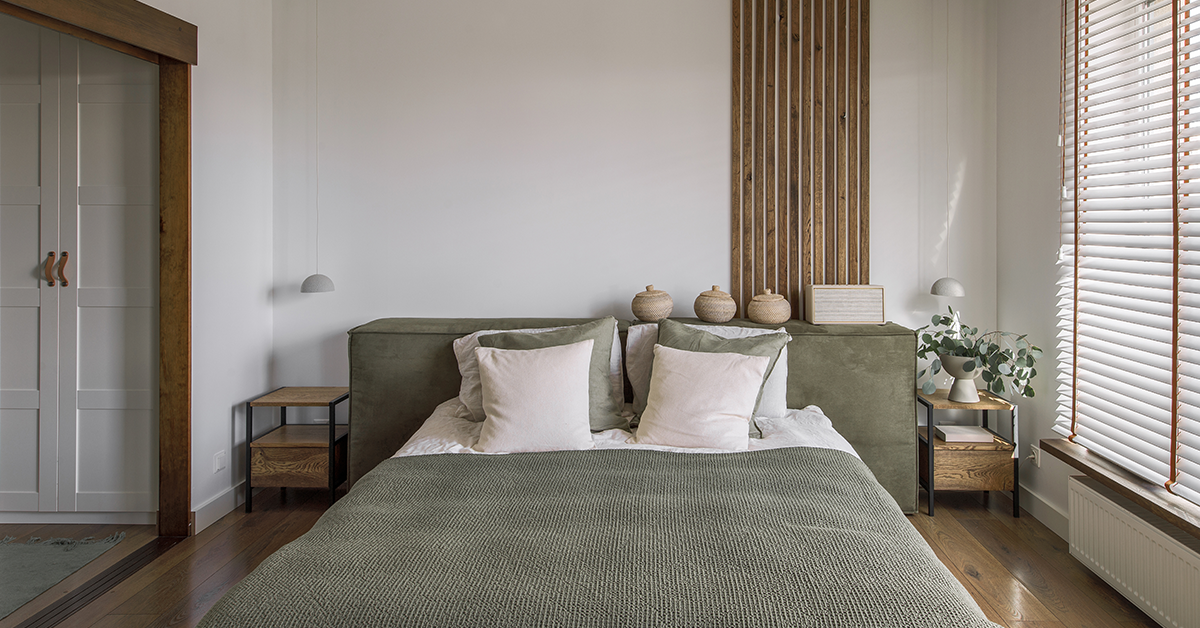
Imagine walking into a space that instantly puts your mind at ease—a sanctuary where everything has a purpose and unnecessary excess is stripped away. Minimalist interior design offers exactly that. By embracing the art of simplicity, you can transform your living environment into a haven of tranquillity, where every element serves a deliberate function or brings joy to your heart.
Neutral Colour Palette: A Symphony of Serenity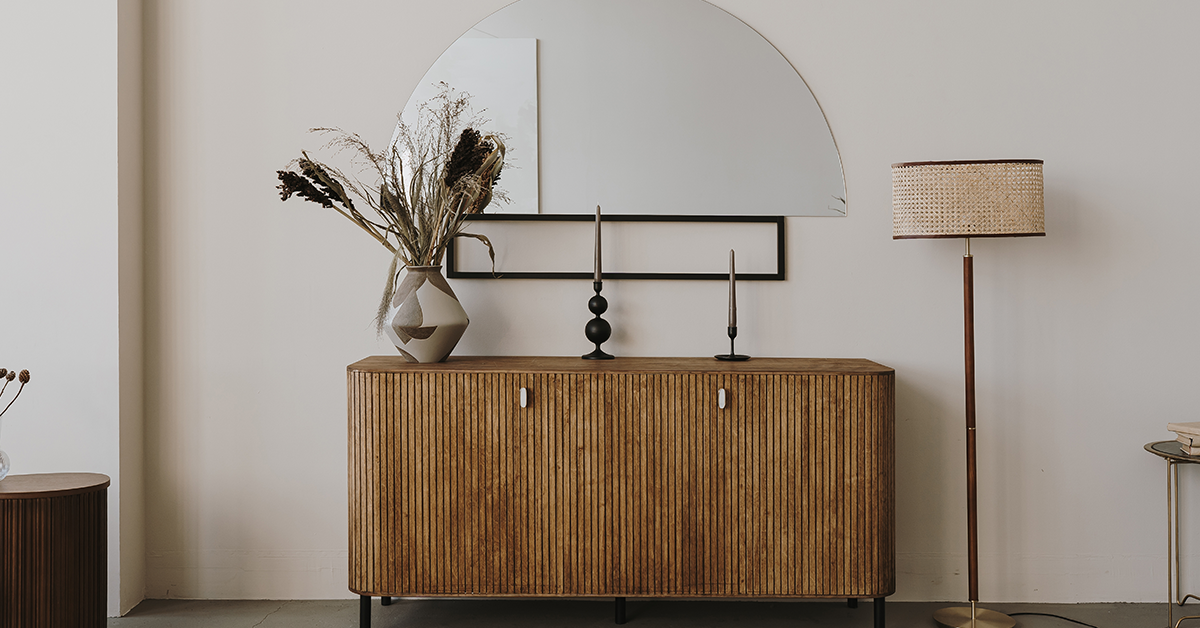
The palette of a minimalist space sings a harmonious tune of neutral tones. Picture serene whites, soothing greys, and gentle beiges converging to create a timeless backdrop. These hues not only enhance the feeling of openness but also allow other design elements to shine. Delicate splashes of colour can be introduced sparingly, like a brushstroke of vibrant artwork, an accent paint for wall or a carefully selected pillow, adding visual interest while maintaining the purity of the design.
Clean Lines and Shapes: The Essence of Elegance
In the realm of minimalist design, every line and shape has a purpose. Clean lines and simple geometric forms reign supreme, infusing spaces with a sense of elegance and order. Bid farewell to ornate detailing and lavish embellishments. Instead, embrace furniture and architectural elements with sleek, streamlined profiles. Seek out pieces with straight legs, sharp angles, and smooth surfaces, as they lend themselves beautifully to the clean and uncluttered aesthetic of minimalist interior design.
Functional Furniture: Beauty in Purpose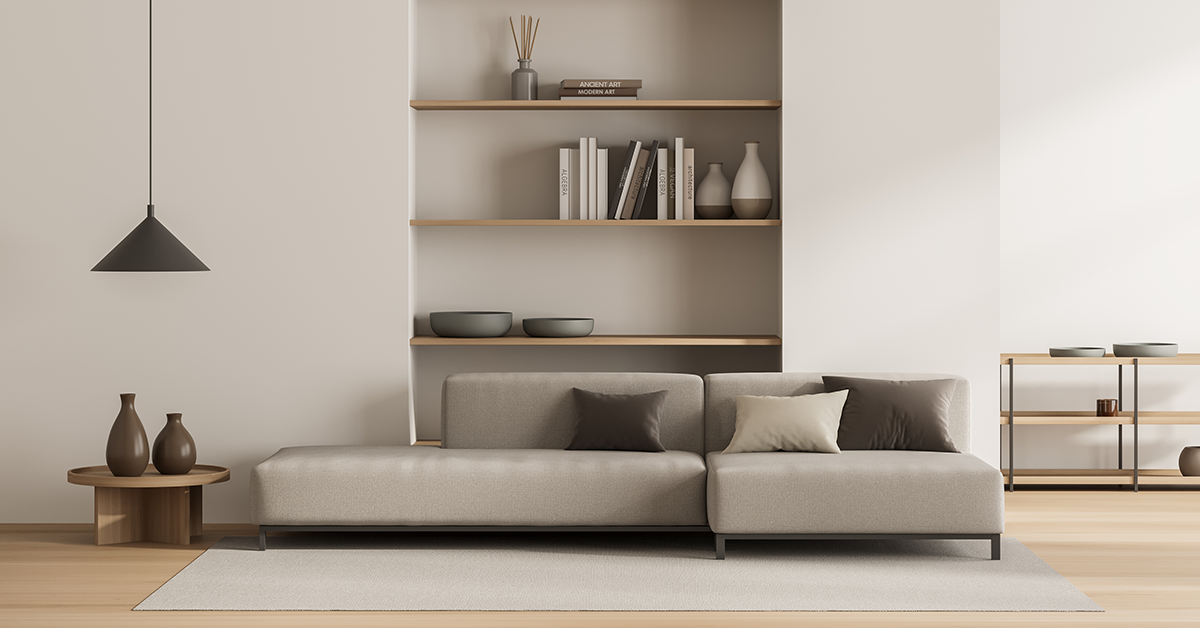
Minimalism thrives on the principles of functionality. In a minimalist space, furniture isn’t merely decorative; it serves a practical purpose. Each piece is thoughtfully selected to maximise both utility and aesthetics. Embrace multi-functional furniture that cleverly conceals storage space or opt for wall-mounted shelves to make the most of vertical real estate. Remember, less is more when it comes to furniture placement, allowing each piece to breathe and exist harmoniously within the space.
Natural Light and Open Spaces: Illuminating Serenity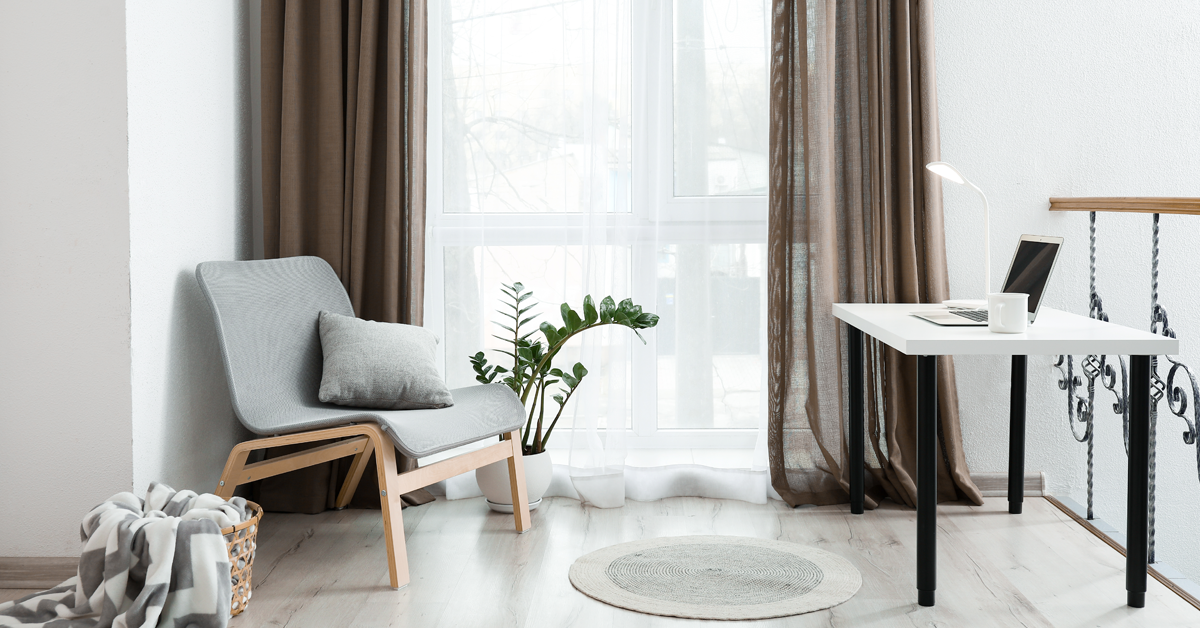
Minimalist design celebrates natural light as an essential element. Imagine sunlight gracefully flooding your space, casting a gentle glow upon its clean surfaces. Maximising natural light not only enhances the aesthetic appeal but also promotes a sense of spaciousness and serenity. Sheer curtains or blinds that can be fully opened during the day allow light to dance freely, while large windows and skylights create a seamless connection with the outdoors. Privacy concerns can be delicately addressed through frosted glass or translucent screens, offering the sense of openness while preserving your personal space.
FAQs About Minimalist Design
1. How can I incorporate minimalist design decor in different rooms of my house?
a. Living Room: Start by decluttering and selecting furniture with clean lines and a neutral colour palette for living room wall painting. Limit decorative items to a few carefully curated pieces. Create an open and airy feel by maximising natural light and using minimal window treatments. Incorporate functional storage solutions to keep the space organised.
b. Kitchen: Opt for sleek and simple kitchen cabinets with minimal hardware. Keep countertops clear of unnecessary items and utilise smart storage solutions for utensils and cookware. Choose a neutral wall paint colour scheme with pops of colour sparingly. Emphasise functionality by selecting efficient appliances.
c. Bedroom: Create a tranquil oasis by selecting a minimalist bed frame and keeping bedding simple. Use a neutral bedroom painting colour palette and incorporate soft lighting for a cosy ambience. Declutter and limit decor items to a few that bring joy or have practical value. Consider incorporating hidden storage solutions to maintain a clutter-free environment.
d. Bathroom: Choose minimalist fixtures such as clean-lined sinks, faucets, and showers. Opt for a simple colour palette and minimalistic accessories. Utilise storage solutions to keep toiletries hidden and organised. Emphasise clean and uncluttered surfaces for a serene bathroom space.
e. Home Office: Keep the workspace clean and organised with minimalist desks and storage solutions. Choose a neutral colour scheme for the walls and use proper task lighting. Minimise distractions and keep only essential items on the desk. Incorporate natural elements like plants for a refreshing touch.
f. Dining Room: Select a simple and elegant dining table and chairs with clean lines. Keep the table setting minimal and free from unnecessary items. Embrace a neutral colour palette and utilise natural light as much as possible. Consider incorporating a statement piece, such as a sleek pendant light, to add visual interest.
2. What are the key principles of minimalist design decor?
The key principles of minimalist decor include simplicity, neutral colour palettes, clean lines and shapes, functional furniture, ample natural light, open spaces, thoughtful storage solutions, and a focus on quality over quantity.
3. How do I declutter and minimise in a minimalist design?
To declutter and minimise in a minimalist design, start by sorting and organising your belongings. Keep only the essentials and items that bring you joy or serve a practical purpose. Donate or discard items that are of no use. Implement smart storage solutions to keep your space organised and free from clutter.
4. Can minimalist design decor still feel cosy?
Yes, minimalist design decor can still feel cosy. By carefully selecting warm textures, such as soft rugs or plush cushions, and incorporating comfortable seating options, you can create a cosy and inviting atmosphere while maintaining the simplicity of the design.
5. Is minimalist design decor suitable for small spaces?
Yes, minimalist design decor is well-suited for small spaces. Its focus on clean lines, open spaces, and smart storage solutions can help maximise the available space and create an illusion of openness and airiness.
How Can Dream Homes Help You?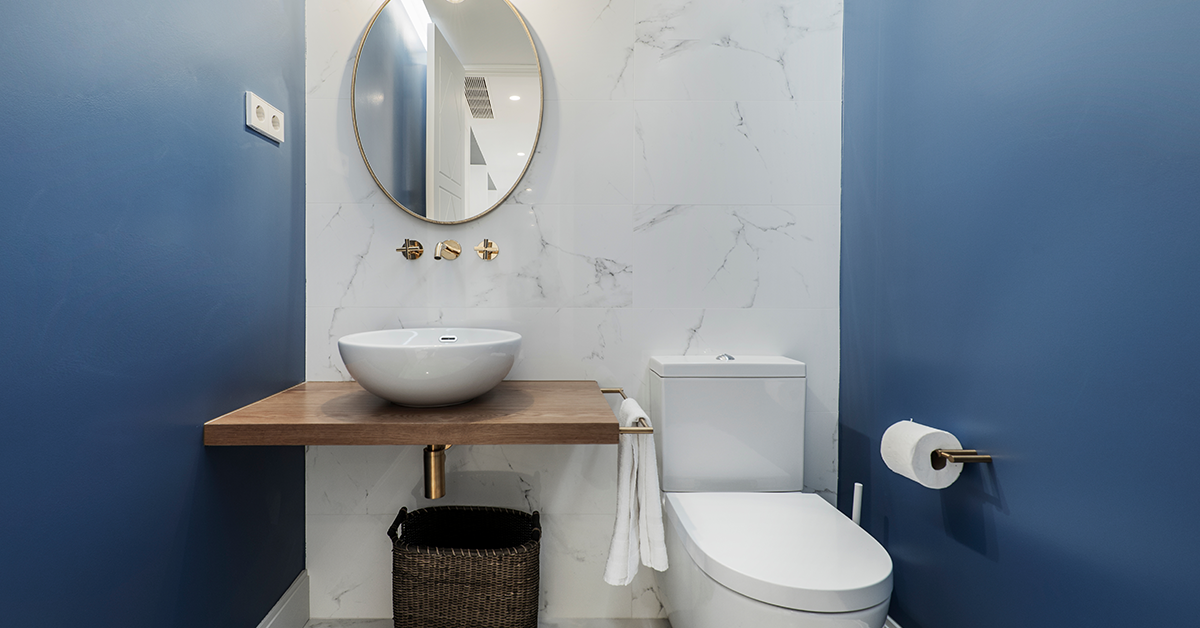
If you are prepared to embark on a transformative journey that will leave you with a space that exudes tranquillity and inspires a harmonious way of living, we are here to translate your inspiration into reality!
To book a consultation with Dream Homes today, click here.
- You can expect a comprehensive, customised service based on your lifestyle, requirement, budget and unique taste.
- Some of the best designers and interior professionals in the industry will work together to make your dream home come to life!
- No compromises are made in terms of the quality of work and materials used.
- Our professionals are trained to support all your interior design needs, from the aesthetic aspects that include paint selection, colour combinations, furnishings, decor elements etc. to functional aspects like lighting and fixtures, electrical work, plumbing etc.

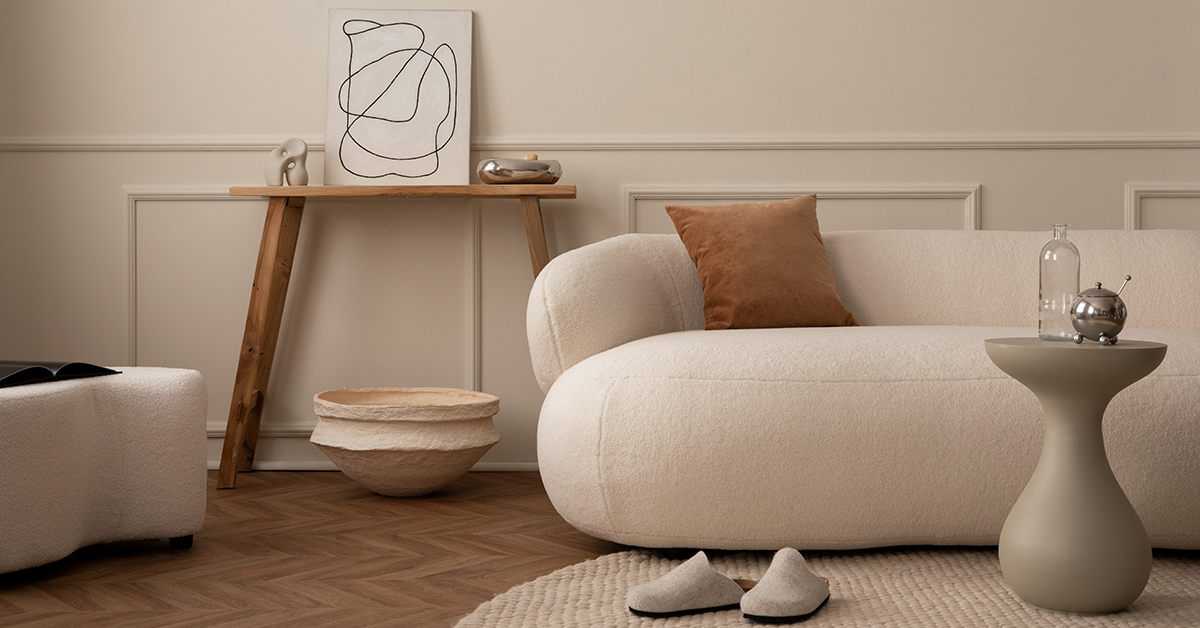
 Get in Touch
Get in Touch